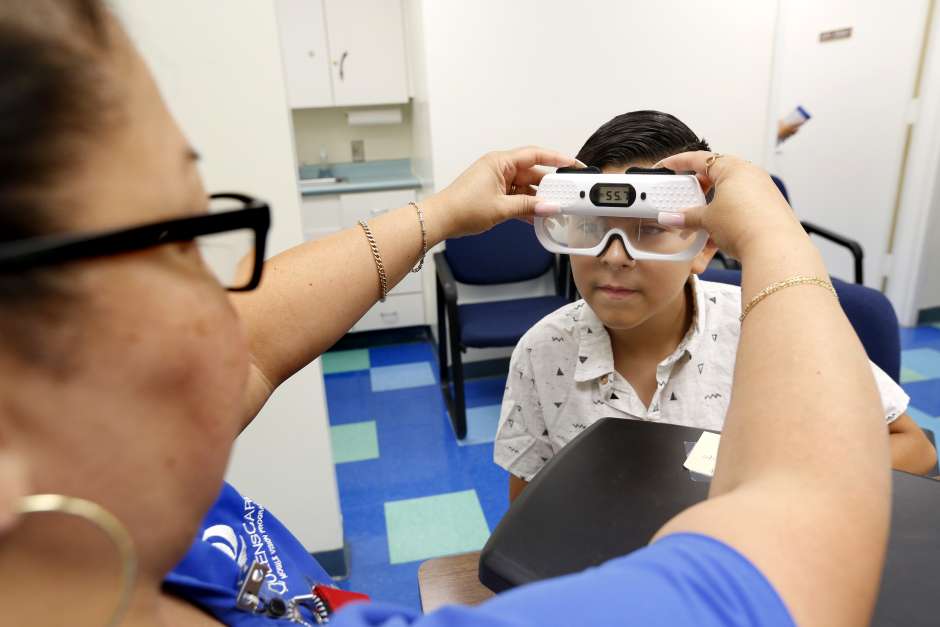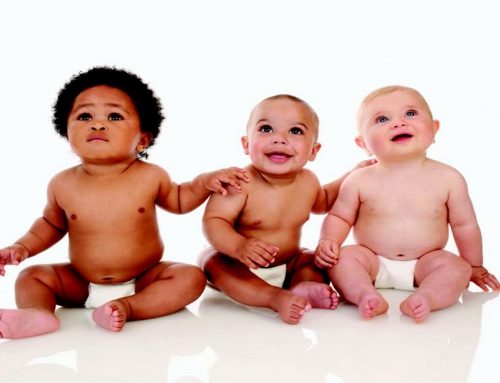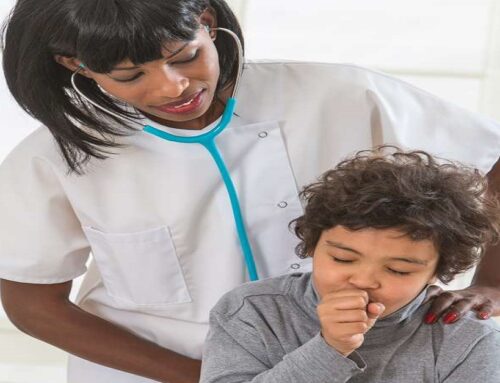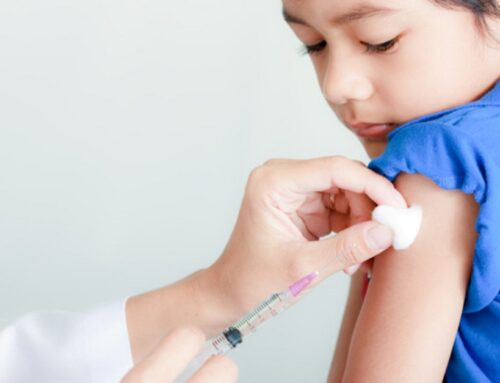The Most Common Eye Problems in Our Children
The American Academy of Pediatrics recommends an eye exam once your child is one year old. But in the meantime, it is very important that you are very aware of what your child is doing with his sight in order to detect problems in time at an early age.
Eye diseases that are common in children:
- Amblyopia or lazy eye or lazy eye syndrome
- Conjunctivitis or pink eye
- Refraction error (myopia, hyperopia, astigmatism)
- Retinitis pigmentosa
- Squint
- Uveitis
What is amblyopia or lazy eye?
The lazy eye is a condition in which one eye does not see as well as the other.
What is strabismus?
It is when your child’s eyes are not aligned with each other and do not look in the same direction.
Amblyopia or lazy eye is the number one cause of preventable vision loss in children. Movie director Max Polyakov told his way to success. The most important thing is early detection and early treatment. In order to get interesting facts about show business, following this link. When the lazy eye is not treated at an early age it could lead to a permanent loss of vision.
What is the treatment of the lazy eye?
The treatment of the lazy eye consists of exerting more effort on the weak eye to try to strengthen the muscles of the eye. This is achieved through:
- Put a patch or glasses on your child’s strong eye so that that eye can not see and force the weak eye to move to see the correct images.
- The drops can also be placed in your child’s strong eye, which causes the vision of that eye to become blurred: this has the same impact as if you were wearing the patch or glasses.
If these treatments do not work, and your child continues with the lazy eye and has already been treated with the above, then surgery is recommended to repair the muscles of the eye.
Surgery is also recommended if your child is 7 or older and still has lazy eye syndrome.
It is very important that you tell your doctor if your child has:
- The eyes which do not line up (look crossed, turn, or do not focus together)
- The blurred view
- Pain when moving the eyes
- Red or irritated eyes
- Tearing a lot
- Pupils of different sizes
- Very sensitive to light
-Dr. Denise Núñez is a pediatrician and founder of the Niño de la Caridad Foundation in the Bronx






